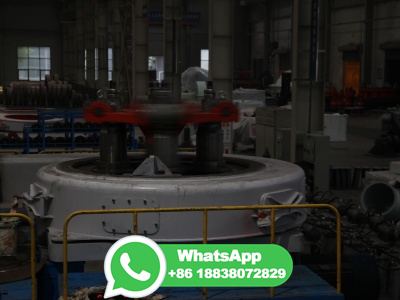Synthetic fuel
WEBSynthetic fuel or synfuel is a liquid fuel, or sometimes gaseous fuel, obtained from syngas, a mixture of carbon monoxide and hydrogen, in which the syngas was derived from gasifiion of solid feedstocks such as coal or biomass or by reforming of natural gas . Common ways for refining synthetic fuels include the Fischer–Tropsch conversion ...






















